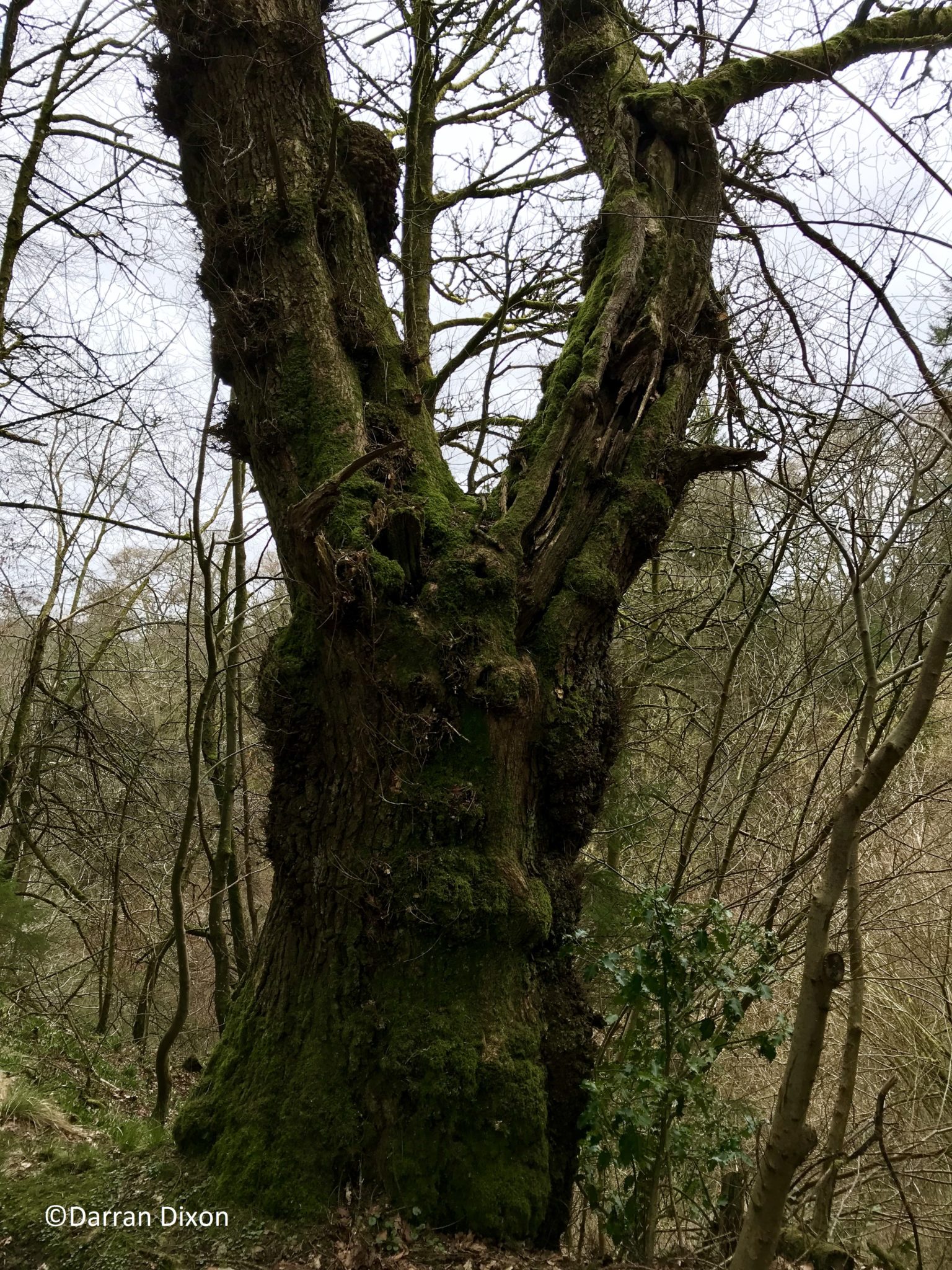What happens to a tree when it ages?
It is amazing to think that some of the trees alive in the UK today could have been around for thousands of years. The Fortingall Yew, which is located in a church yard in Perthshire is thought to be between 3000 and 9000 years old. This is an impressive feat when you consider how our landscape has changed in that period and how many trees have been felled and been subject to disease in that time.
When I have been out on the reserve I have found some fantastic old Oak with some lovely ancient features. But obviously these trees can’t go on living forever, so what happens as a tree gets old and what features does it develop as it becomes a veteran? When an Oak reaches this stage it will start to develop cavities and fissures in its bark and some of its limbs may fall off. This allows decay and rot to occur and causes holes and the hollowing out of the trunk or limbs. The crown may eventually reduce in size and in some cases the trunk will no longer form a complete circle so that you can stand inside the tree.

It may look like these trees are dying but in fact it can take centuries for this process to occur and for a tree to truly die. A veteran oak tree is of great benefit to wildlife and its unique features are important to a wide range of species. Birds and bats may use the holes created by this process to nest and roost. The flaking bark can be home to a vast array of invertebrates from moth larvae to beetles. The limbs that fall to the ground can be exploited by fungus or invertebrates that specialize in decomposing dead wood. Woodpeckers will also find it easier to build nests in dead limbs as the wood is much softer to excavate. Eventually when cavities are large enough larger birds such as Tawny Owls can also use the tree to nest..
If you look at an Oak tree you can also see that other plants, mosses and lichens all grow on its surface. Over the course of its life a tree may form ecological relationships with hundreds of species and I think that is remarkable fact and an important reason to look after our trees.
Darran Dixon, Falls of Clyde Assistant Ranger
Help support our vital work and join us today!
Help protect Scotland’s wildlife
Our work to save Scotland’s wildlife is made possible thanks to the generosity of our members and supporters.
Join today from just £3 a month to help protect the species you love.
Preface
It is amazing to think that some of the trees alive in the UK today could have been around for thousands of years. The Fortingall Yew, which is located in …
